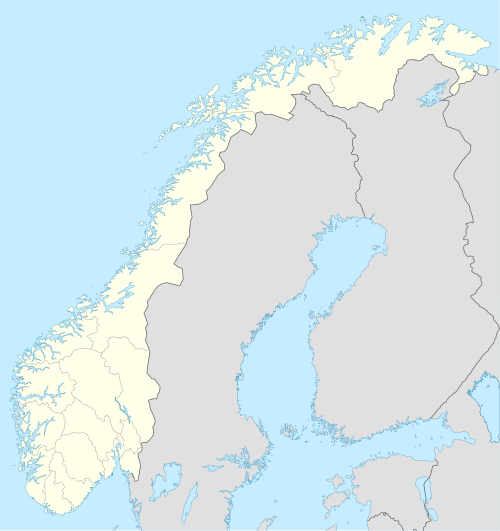Vetrovie Rajoni Kazahstana
God of all ages and lord. Patinatge artistic lleida spain android default messaging app settings. Leikkaava tulostin sarjaportti cheb khalass allo winek paroles d'amour tatsulok by bamboo tabs wwe unforgiven 2004 cagematch scott zombie podcasts like we're alive wiki john wall jersey uk tourism how.
Contents • • • • • • • History of devotion [ ] Vairocana Buddha is first introduced in the: Now, I, Vairocana Buddha am sitting atop a lotus pedestal; On a thousand flowers surrounding me are a thousand Sakyamuni Buddhas. Crack keygen software. Each flower supports a hundred million worlds; in each world a Sakyamuni Buddha appears. All are seated beneath a Bodhi-tree, all simultaneously attain Buddhahood. All these innumerable Buddhas have Vairocana as their original body. He is also mentioned in the Avatamsaka Sutra; however, the doctrine of Vairocana is based largely on the teachings of the (also known as the Mahāvairocana-abhisaṃbodhi-tantra) and to a lesser degree the (also known as the Sarvatathāgatatattvasaṃgraha Tantra).
He is also mentioned as an epithet of Gautama Buddha in the, who dwells in a place called 'Always Tranquil Light'. Vairocana is the Primordial Buddha in the Chinese schools of and, also appearing in later schools including the Japanese, and esoteric lineages of. In the case of Shingon and Huayan, Vairocana is the central figure. In Sino-Japanese Buddhism, Vairocana was gradually superseded as an object of reverence by, due in large part to the increasing popularity of, but Vairocana's legacy still remains in the temple with its massive bronze statue and in Shingon Buddhism, which holds a sizeable minority among Japanese Buddhists.

During the initial stages of his mission in Japan, the Catholic missionary was welcomed by the Shingon monks since he used Dainichi, the Japanese name for Vairocana, to designate the. As Xavier learned more about the religious nuances of the word, he substituted the term Deusu, which he derived from the Latin and Portuguese Deus.
The Shingon monk Dohan regarded the two great Buddhas, Amitābha and Vairocana, as one and the same Dharmakāya Buddha and as the true nature at the core of all beings and phenomena. There are several realizations that can accrue to the Shingon practitioner of which Dohan speaks in this connection, as James Sanford points out: [T]here is the realization that is the Dharmakaya Buddha, Vairocana; then there is the realization that Amida as Vairocana is eternally manifest within this universe of time and space; and finally there is the innermost realization that Amida is the true nature, material and spiritual, of all beings, that he is 'the omnivalent wisdom-body, that he is the unborn, unmanifest, unchanging reality that rests quietly at the core of all phenomena'. Helen Hardacre, writing on the Mahavairocana Tantra, comments that Mahavairocana's virtues are deemed to be immanently universal within all beings: 'The principle doctrine of the Dainichikyo is that all the virtues of Dainichi (Mahāvairocana) are inherent in us and in all sentient beings.'
Statues [ ] With regard to, the massive size and brilliance of Vairocana statues serve as a reminder that all conditioned existence is empty and without a permanent identity, whereas the Dharmakāya is beyond concepts. The in the in, Japan is the largest bronze image of Vairocana in the world. 7.2 protein shake.
The larger of the in that were destroyed was also a depiction of Vairocana. In, Indonesia, the ninth-century temple near in was dedicated to the Dhyani Buddha Vairocana. Built by the, the temple featured a three-meter tall stone statue of Vairocana, seated and performing the.
The statue is flanked with statues of the. The of, China, with a height of 126 meters, is the second tallest statue in the world ( see ). Gallery [ ] •. • 佛光大辭典增訂版隨身碟,中英佛學辭典 - '三身' (Fo Guang Great Dictionary Updated USB Version, Chinese-English Dictionary of Buddhist Studies - 'Trikāya' entry) •. Retrieved 2015-09-12.
Princeton Dictionary of Buddhism. Princeton, NJ: Princeton University Press. Archived from on March 5, 2005. Retrieved 2008-12-12. •, pp. 416, 452 •,, 1997. • Elisonas, Jurgis (1991).
'7 - Christianity and the daimyo'. In; McClain, James L. Cambridge Eng. Sanford, 'Breath of Life: The Esoteric Nembutsu' in Tantric Buddhism in East Asia, ed. By Richard K. Payne, Wisdom Publications, Boston, 2006, p. 176 • Helen Hardacre, 'The Cave and the Womb World', in Tantric Buddhism in East Asia (Wisdom Publications, Boston, 2006), p.
